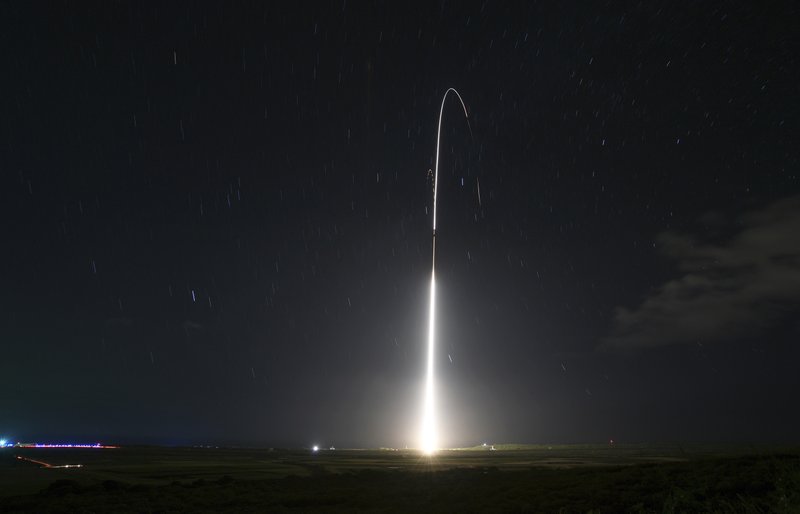WASHINGTON -- President Donald Trump's administration plans to roll out a new strategy today for a more aggressive space-based missile-defense system to protect against threats from North Korea and Iran, and to counter advanced weapon systems being developed by Russia and China.
Details about the administration's Missile Defense Review -- the first compiled since 2010 -- are expected to be released during Trump's visit to the Pentagon.
The new review concludes that in order to adequately protect the U.S., the Pentagon must expand defense technologies in space and use those systems to more quickly detect, track and defeat incoming missiles.
The strategy pushes for studies on the issue, recognizing the potential concerns surrounding any perceived weaponization of space. No testing is mandated, and no final decisions have been made.
Specifically, the U.S. is looking to put a layer of sensors in space to more quickly detect enemy missiles when they are launched, according to a senior administration official who briefed reporters Wednesday. The U.S. sees space as a critical area for advanced, next-generation capabilities to stay ahead of the threats, said the official, who spoke on condition of anonymity to disclose details before the review is released.
The administration also plans to study the idea of basing interceptors in space so the U.S. can strike incoming enemy missiles during the first minutes of flight when the booster engines are still burning.
Congress, which ordered the review, already has directed the Pentagon to push harder on this "boost-phase" approach, but officials want to study the feasibility of the idea.
A Section on 01/17/2019
